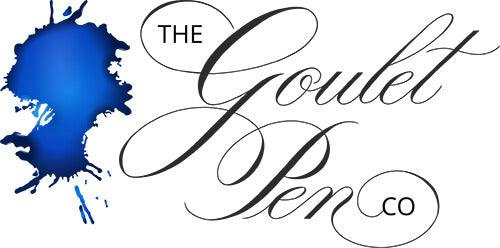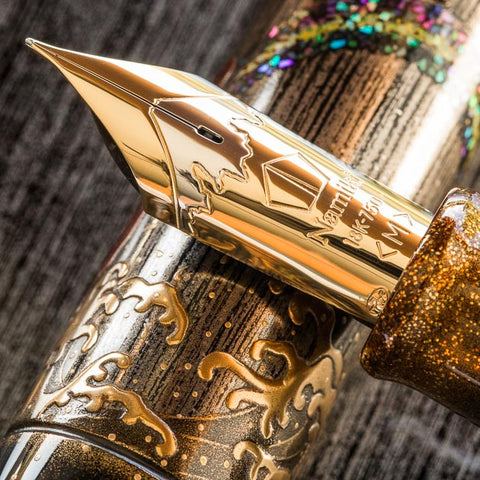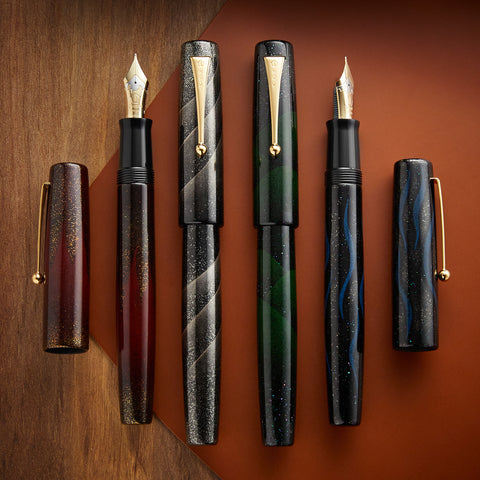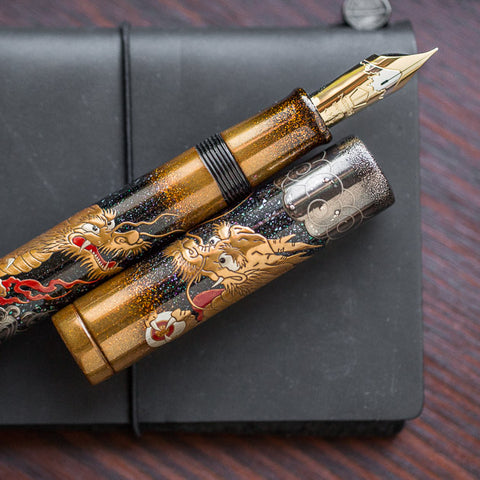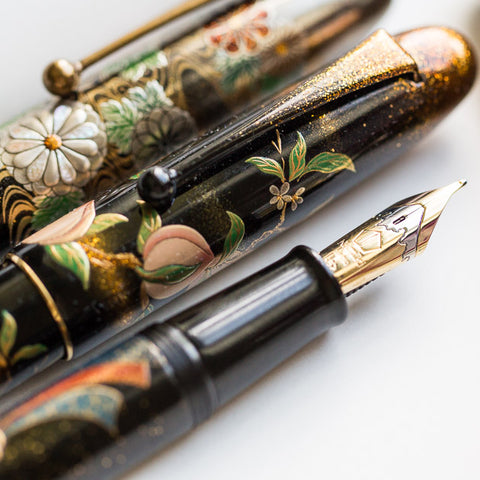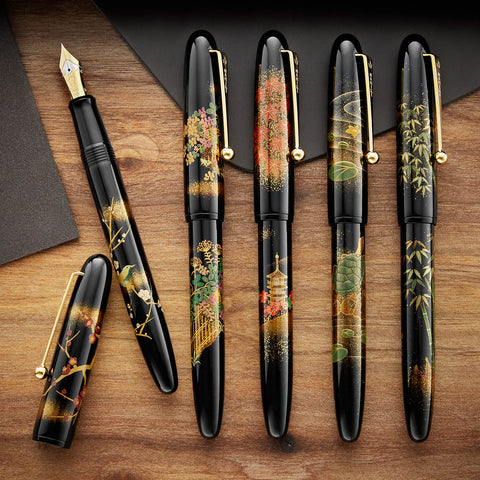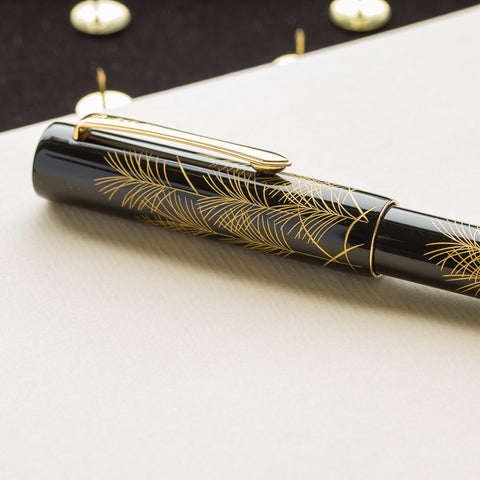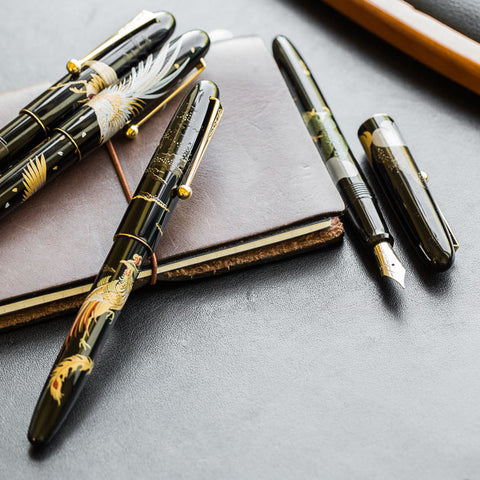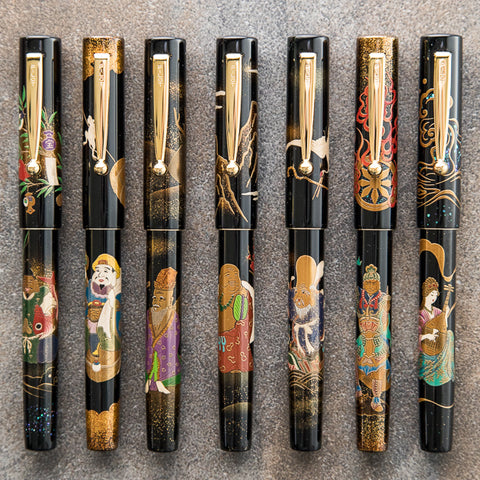Namiki
Maki-e and urushi luxury fountain pens, handmade in Japan.
Shop By Collection
-
All Namiki Products
Shop Now -
Namiki Aya Fountain Pens
Shop Now -
Namiki Emperor Fountain Pens
Shop Now -
Namiki Yukari Royale Fountain Pens
Shop Now -
Namiki Yukari Fountain Pens
Shop Now -
Namiki Chinkin Fountain Pens
Shop Now -
Namiki Nippon Art Fountain Pens
Shop Now -
Namiki 100th Anniversary Fountain Pens
Shop Now
